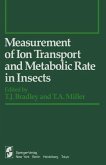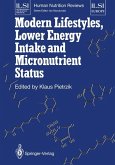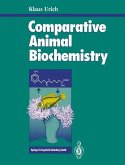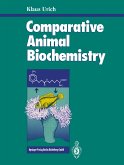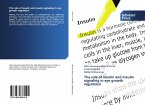IRAS is a gene candidate for the I1-imidazoline receptor. Antisense oligo-nucleotides were designed and transfected into PC12 cells. Antisense transfection reduced specific imidazoline radioligand binding to plasma membrane fractions with parallel drops in IRAS protein expression. Furthermore, transfection with antisense caused functional impairment of I1-imidazoline receptor signaling without affecting basal ERK level or ERK activation by growth factors. These findings strongly suggested that IRAS encodes an I1-imidazoline receptor or at least an important subunit of it. The mechanism of insulin sensitizing effect from imidazolines was studied in the SHROB rat. Akt activation was found to be severely impaired in isolated adipocytes from SHROB. Insulin induced glucose uptake in these cells from SHROB were also similarly resistant to insulin stimulation. Chronic treatment of SHROB with moxonidine partially restored both Akt activation and glucose uptake stimulated by insulin in isolated abdominal adipocytes without affecting basal Akt activation level. These results implicate adipose tissue as a locus of insulin resistance in this model of metabolic syndrome.
Bitte wählen Sie Ihr Anliegen aus.
Rechnungen
Retourenschein anfordern
Bestellstatus
Storno



